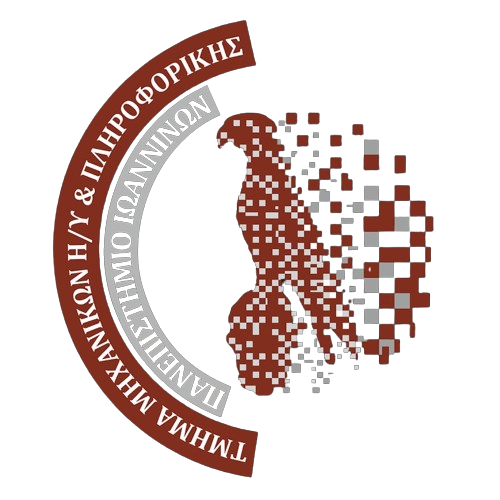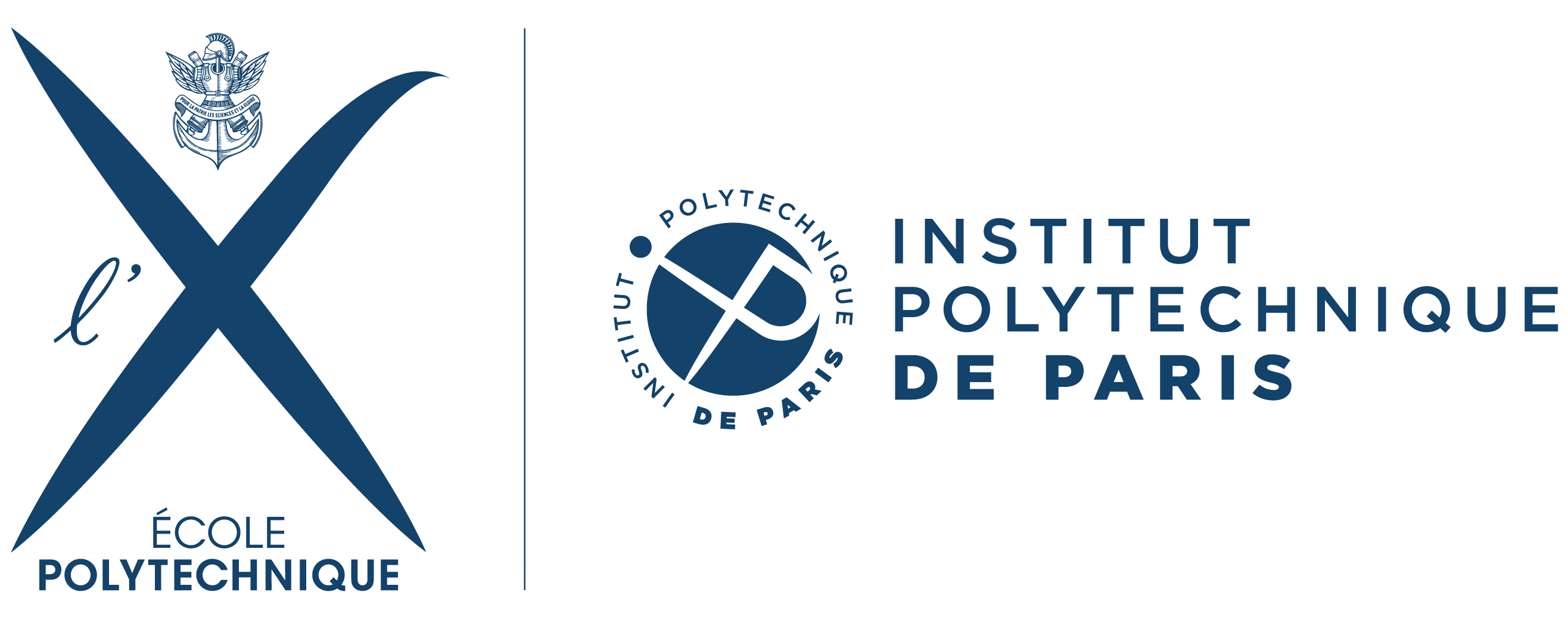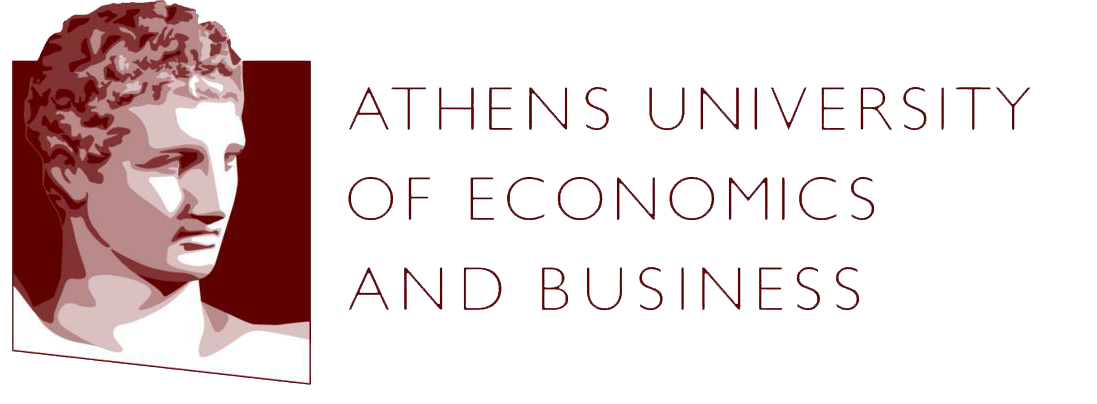Data Management for the World Wealth & Income Database
Christos Giatsidis, Antonis Skandalis, Konstantinos Skianis, Michalis Vazirgiannis
Facundo Alvaredo, Lucas Chancel, Thomas Piketty, Emmanuel Saez, Gabriel Zucman
Ben Grillet, Francois Prosper, Brice Terdjman, Anthony Veyssiere
Conference ParisBD 2017, Paris, France
Abstract
The world wealth & income database (http://wid.world) is a project that publishes data related to inequality over the world. It is an open portal that distributes time series about economic concepts such as wealth, income, etc., where users can select time series of interest based on multi-attribute queries. Most of the components of the project are hosted on the cloud using Amazon Web Services. The data management functionality of the project consists of two major parts: a) a modern relational database that uses state of the art indexing techniques along with JSON features and b) a web API through which the database can be accessed and where some data transformations take place. To reduce latency across the globe the project is currently deployed in two sites (EU and US). Currently the database holds data for 319 geographical regions (countries, continents, states), about 150 combinations of attributes for each region over 50 years on average. The project is a joint collaboration between the World Inequality Lab at Paris School of Economics, DaSciM team at Laboratoire d’Informatique de l’X and WEDODATA.



